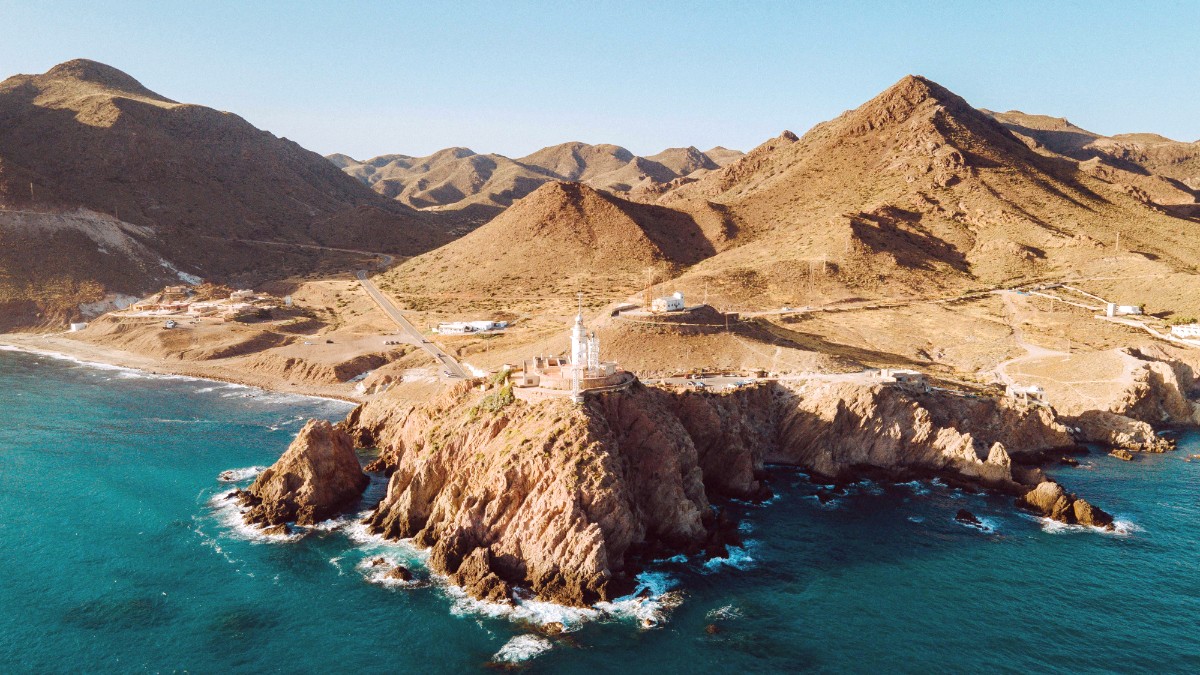
Andalucia, Spain
Almeria city offers an efficient public bus system for urban travel. It does not have a metro or tram network. The public bus system, operated by Surbus, acts as the backbone of urban transportation in Almeria city. It covers the entire city, connecting the historic center, residential areas, the university, major hospitals, and the airport. Buses are modern, generally clean, and a reliable way to get around.
Route Maps and Hubs: The Estación Intermodal de Almería (Bus & Train Station) functions as a central point for many city bus lines. Google Maps effectively shows real-time bus routes, stops, and schedules. Each bus stop displays the lines that serve it. Buses display their line number and destination prominently.
Use Google Maps or similar navigation apps for real-time bus routes, timings, and stop locations. This offers the most up-to-date information.
If you plan more than a few bus trips, the Bonobús card saves money and simplifies boarding. Validate the card by tapping it on the reader near the driver when you board.
Almeria's historic center is compact and best explored on foot. Use buses for longer distances or to reach areas like the beach (El Zapillo) from the city center.
Generally very safe. Ensure meter is on. Ask for receipt if any concerns.
Driver details, vehicle info, GPS tracking in app for accountability.
Readily available at designated stands. Fares to city often fixed or with standard surcharge.
Available at Estación Intermodal. Proximity simplifies onward travel.
For independent exploration, especially of the Tabernas Desert and Cabo de Gata-Níjar Natural Park, renting a car offers flexibility. Other rental options suit specific activities.
Almeria's historic center, Alcazaba, Cathedral, Paseo de Almería, and beachfront promenade are best explored on foot.
Local companies offer guided tours of the Alcazaba and city center. Self-guided options available via apps or maps.
The natural park is excellent for cycling with quiet roads and trails for various skill levels. Helmets are mandatory for adults outside urban areas and for children under 16 everywhere.
Almeria offers a few specialized transportation options beyond standard methods, mostly for tourism and specific activities.
Walking or cycling on high-speed motorways (autovías) is prohibited and dangerous. Use designated roads and paths.
Safety first on roads.
Avoid walking or cycling alone in very isolated or poorly lit areas late at night.
Stay vigilant after dark.
Stick to marked trails in the natural park. Some areas are ecologically sensitive or involve challenging terrain that needs proper preparation.
Follow marked paths.
For independent exploration, especially of the Tabernas Desert and Cabo de Gata-Níjar Natural Park, renting a car offers flexibility. Other rental options suit specific activities.
Explore at your own pace, reach remote beaches or desert areas inaccessible by public transport.
For groups or longer stays, a rental car compares favorably to multiple taxi fares or guided tours.
Travel with air conditioning, store belongings, and stop spontaneously for photos or detours.
Whether by public transport, taxi, rental car, or on foot, Almeria provides options for every travel style.